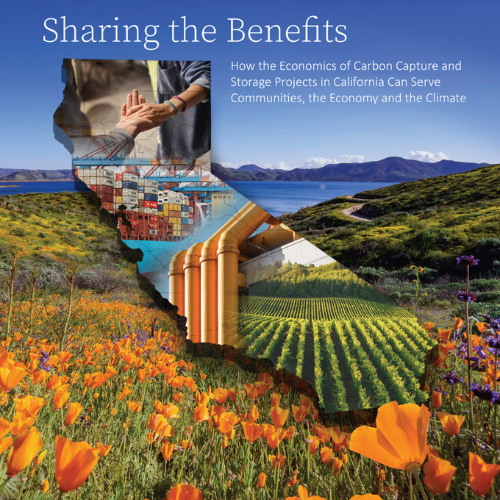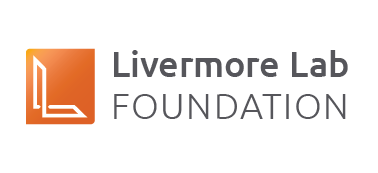LLF Funds New LLNL Climate Report

The Livermore Lab Foundation is proud to support the new climate report ‘Sharing the Benefits’ co-authored by Lawrence Livermore National Laboratory’s George Peridas and Benjamin Grove of the Clean Air Task Force.
The report funded by LLF, identifies the costs of carbon dioxide capture, transportation and geologic storage projects and how California can best serve communities, the economy and the climate.
On June 23, LLF hosted a webinar on the report featuring the co-authors. View the entire webinar and slides below.
Webinar Recording & Slides
Media Mentions
LLNL News - New report finds that carbon capture and storage in California can concurrently serve local communities, the environment and the economy
A new report co-authored by George Peridas of the Lawrence Livermore National Laboratory (LLNL) and Benjamin Grove of the Clean Air Task Force examines the economic viability of carbon capture and storage (CCS) projects in California and finds that several classes of projects are viable today.
The Independent - LLNL Study Concludes CO2 Projects Can Succeed Financially
A study by Lawrence Livermore National Laboratory (LLNL) concludes that carbon capture and storage projects are economically feasible if the benefits are shared fairly by government, private developers, and communities.
Daily Energy Insider - Report: Californian carbon capture, storage viable economic option if more open economic model pursued
Carbon capture and storage (CCUS) could be economically viable in California, according to a new report co-authored by George Peridas of the Lawrence Livermore National Laboratory (LLNL) and Benjamin Grove of the Clean Air Task Force this month.
CleanTechnica - New Report: Carbon Capture & Storage Serves California Communities, Environment, & Economy
A new report co-authored by George Peridas of the Lawrence Livermore National Laboratory (LLNL) and Benjamin Grove of the Clean Air Task Force examines the economic viability of carbon capture and storage (CCS) projects in California and finds that several classes of projects are viable today.
The Independent - LLNL: Economics Are Favorable For Carbon Removal and Storage
Several years ago, research conducted at Lawrence Livermore National Laboratory helped demonstrate that cutting emissions won’t be enough for California to meet its ambitious goal of becoming carbon neutral by 2045; the state will also have to remove carbon dioxide from the environment and store it underground.
